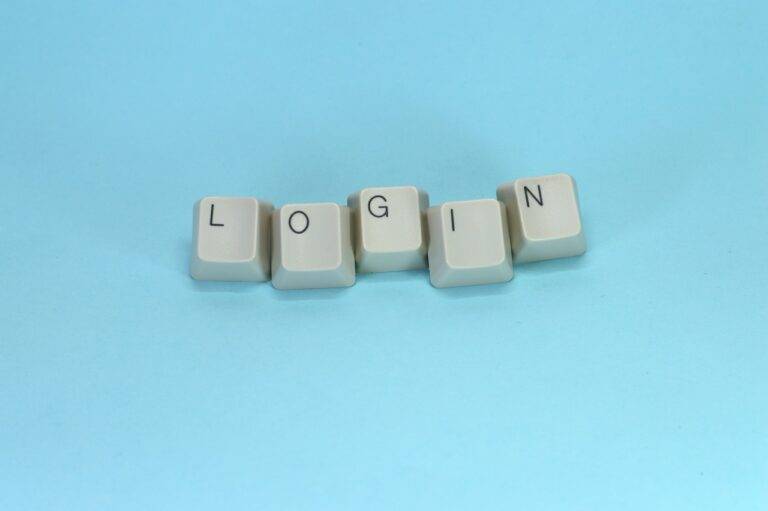The Future of Blockchain in Humanitarian Aid Tracking: Transparent Donation Flows
Blockchain technology has been increasingly explored for its potential in revolutionizing the humanitarian aid sector. One key aspect where blockchain can make a significant impact is in enhancing transparency in donation tracking. By utilizing blockchain, donors can have a direct view of where their donations are going, ensuring trust and accountability in humanitarian efforts.
Moreover, the immutable nature of blockchain ensures that donation records are securely stored and cannot be altered. This feature not only provides a clear audit trail for donors but also helps aid organizations to track the flow of funds more efficiently. With improved transparency and accountability, blockchain technology has the potential to streamline the donation process and increase public confidence in humanitarian aid initiatives.
Enhancing Transparency in Donation Tracking
Transparency in donation tracking is a crucial aspect of ensuring accountability and trust in the humanitarian sector. Through the integration of blockchain technology, donors can now have real-time visibility into how their contributions are being utilized. This level of transparency not only fosters donor confidence but also holds aid organizations accountable for their actions.
By leveraging blockchain technology, each donation can be securely recorded on an immutable ledger, providing a transparent and auditable trail of transactions. This ensures that every dollar donated is allocated to its intended purpose, eliminating any potential for misuse or mismanagement. Ultimately, the increased transparency in donation tracking facilitated by blockchain technology enhances the overall efficiency and effectiveness of humanitarian aid initiatives.
What is blockchain technology and how does it relate to humanitarian aid?
Blockchain technology is a decentralized, distributed ledger that securely records transactions across a network of computers. In the context of humanitarian aid, blockchain can enhance transparency and accountability in donation tracking.
How can blockchain technology enhance transparency in donation tracking?
By using blockchain technology, donations can be securely recorded and tracked in a tamper-proof manner. This ensures that donors can see exactly how their contributions are being used and that aid organizations are held accountable for their spending.
What are some benefits of using blockchain technology in donation tracking?
Some benefits include increased transparency, reduced fraud and corruption, improved accountability, and enhanced trust between donors and aid organizations. Blockchain technology can also streamline the donation process and make it more efficient.
Are there any challenges or limitations to using blockchain technology in donation tracking?
Some challenges include the initial cost of implementing blockchain technology, the need for technical expertise to maintain and update the system, and potential scalability issues. Additionally, not all donors may be familiar with blockchain technology or comfortable using it.
How can organizations ensure the security and privacy of donor information when using blockchain technology?
Organizations can implement robust security measures, such as encryption and access controls, to protect donor information stored on the blockchain. Additionally, organizations can comply with data protection regulations to safeguard the privacy of donor data.





